Our mission, with our scientist hats on, was to find out what native and endemic meant and what introduced meant. When you are five, big words can be tricky to say. Room 15 didn’t let this phase them. They quickly came up with an extensive list of animals they knew the names of. We then read a Big Book called New Zealand Birds and watched videos about some amazing birds that can only be found in New Zealand to develop their understanding of what it is to be native/endemic. We then discussed what we had seen and heard. This led to the class definition for endemic.
Endemic means only found in New Zealand. Like the kiwi.
We have lots of piwakawaka at school. They are native to New Zealand. Their tails look like a fan.
Now we had a clear understanding of the term endemic or native, the class was keen to demonstrate their understanding by sharing their knowledge at any opportunity.
Oh, that’s the cheeky kea.
The tūi can make a sound it hears.
The kiwi comes out at night.
Our next step was to group the other New Zealand animals we had listed. What were we to call them? Did they have a special group they belonged to? After discussing these animals and explaining that they had come from other countries, the term non-native or introduced was added to their vocabulary.
Now we had learned some scientific words and could recognise a native and an introduced bird, we put on our artist hats and created some amazing artwork. We chose the piwakawaka, the tūi and the kiwi to create our artworks.
Room 15’s journey into scientific language and visual art has meant the students have had multiple opportunities to put their learning about native and introduced animals into practice. They were intrigued with the kiwi so we read shared books, watched videos and even drew a scientific drawing of a kiwi, attaching labels to its strong, short legs, small wings, long beak and small eyes to convey this knowledge.
Room 15 has clearly demonstrated their understanding of the scientific terms endemic and introduced. Their next mission, with their scientific mats on, is to explore the term introduced predator and the impact these animals have had on New Zealand's precious endemic wildlife.
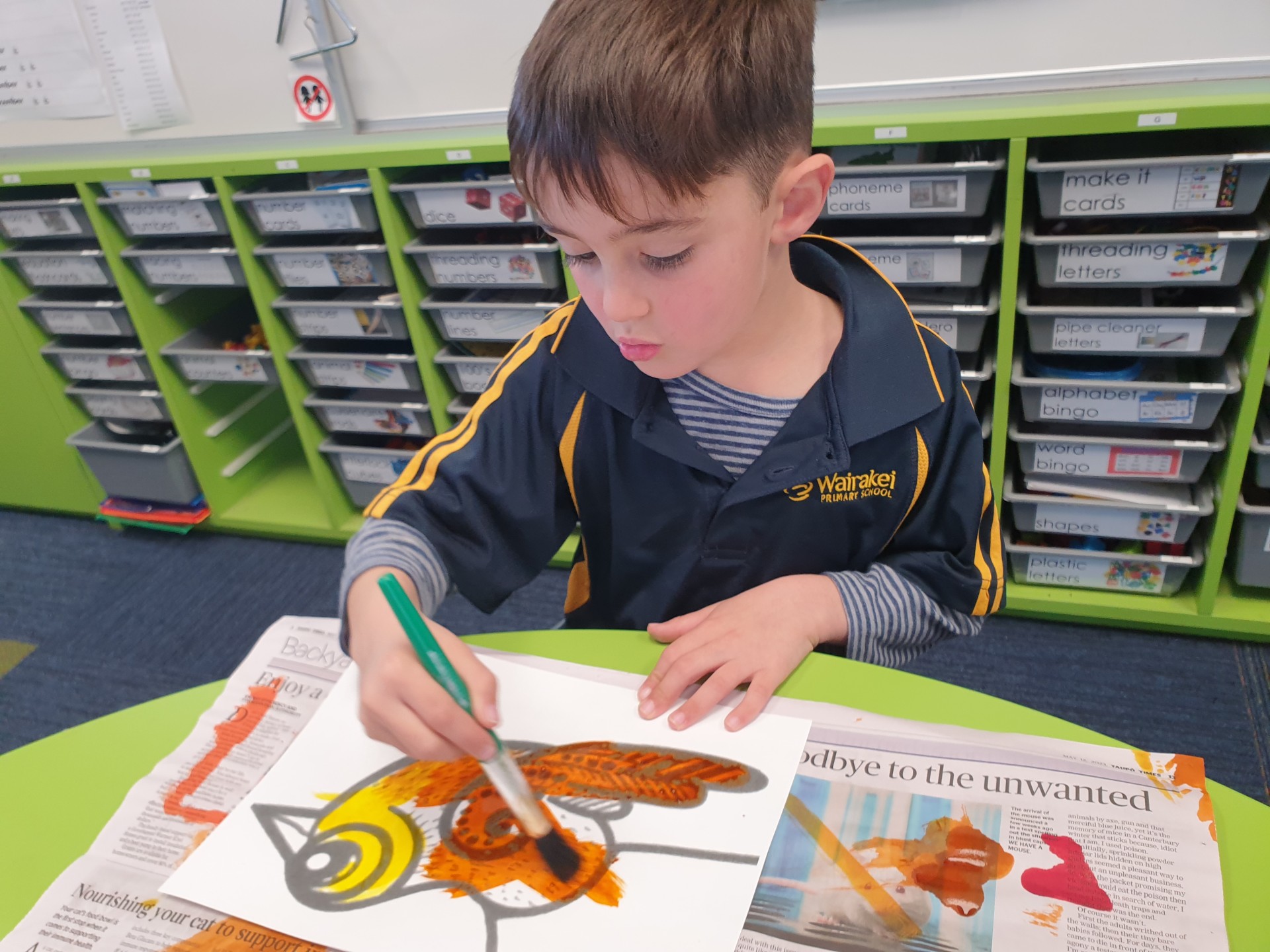
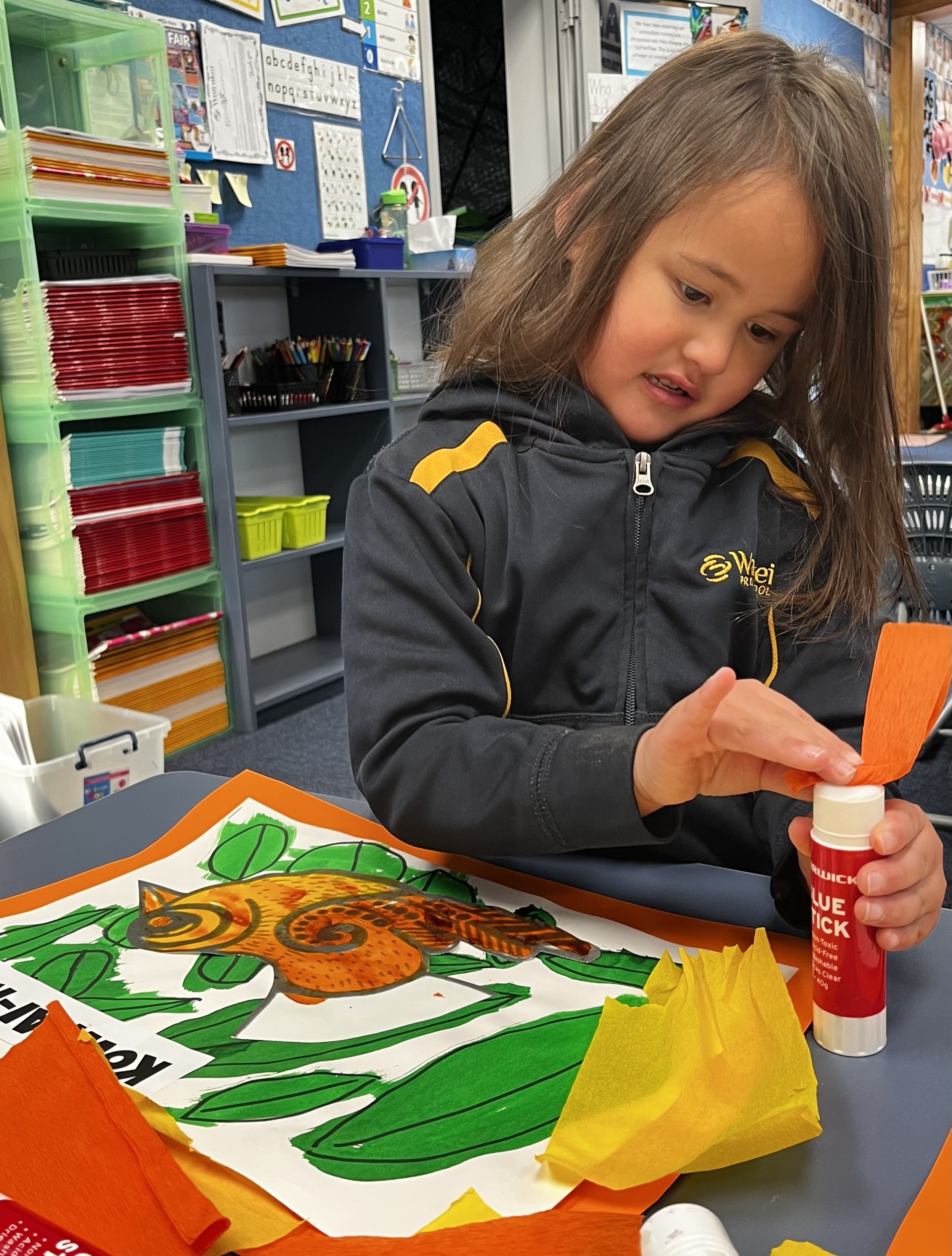
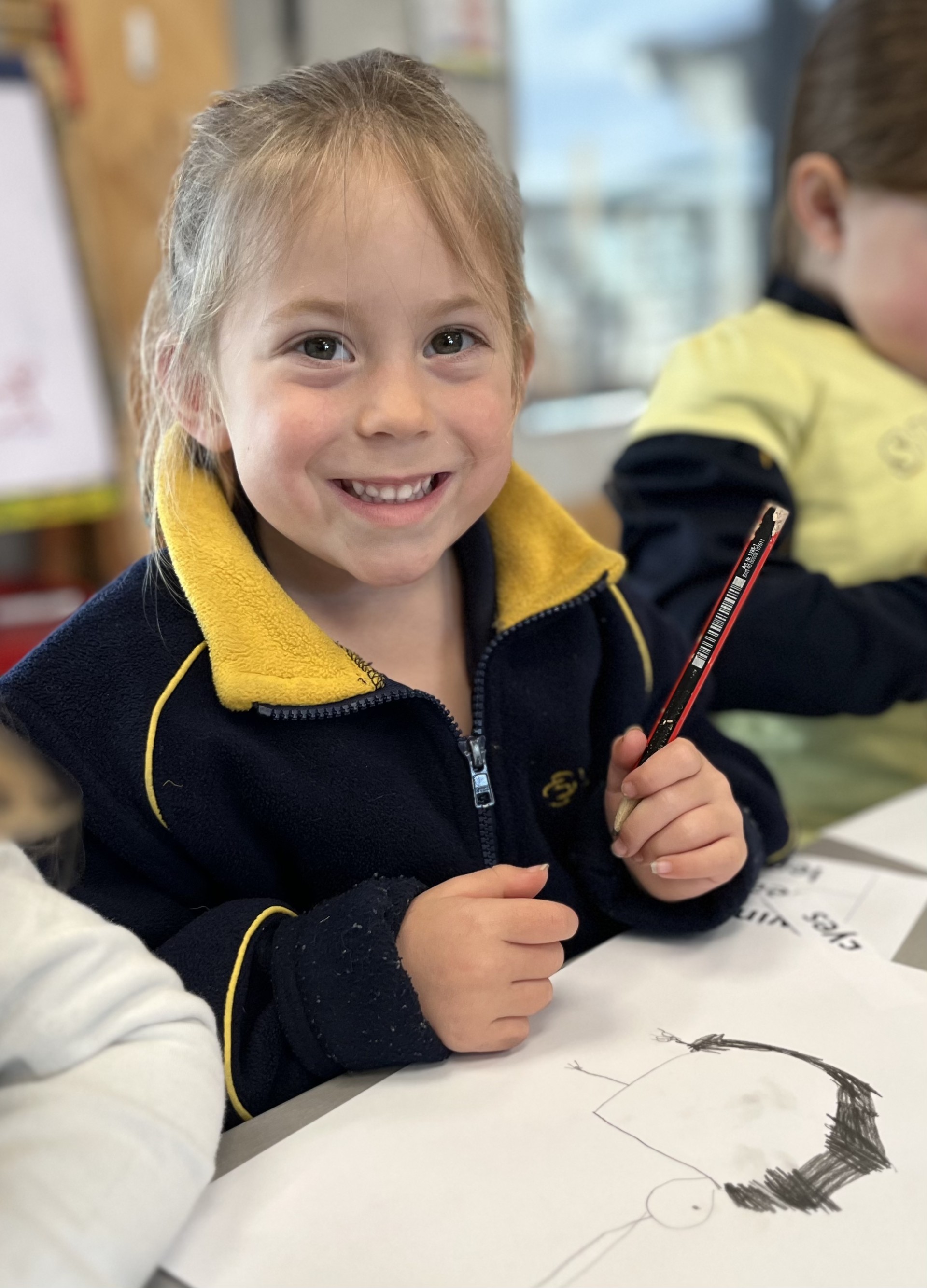
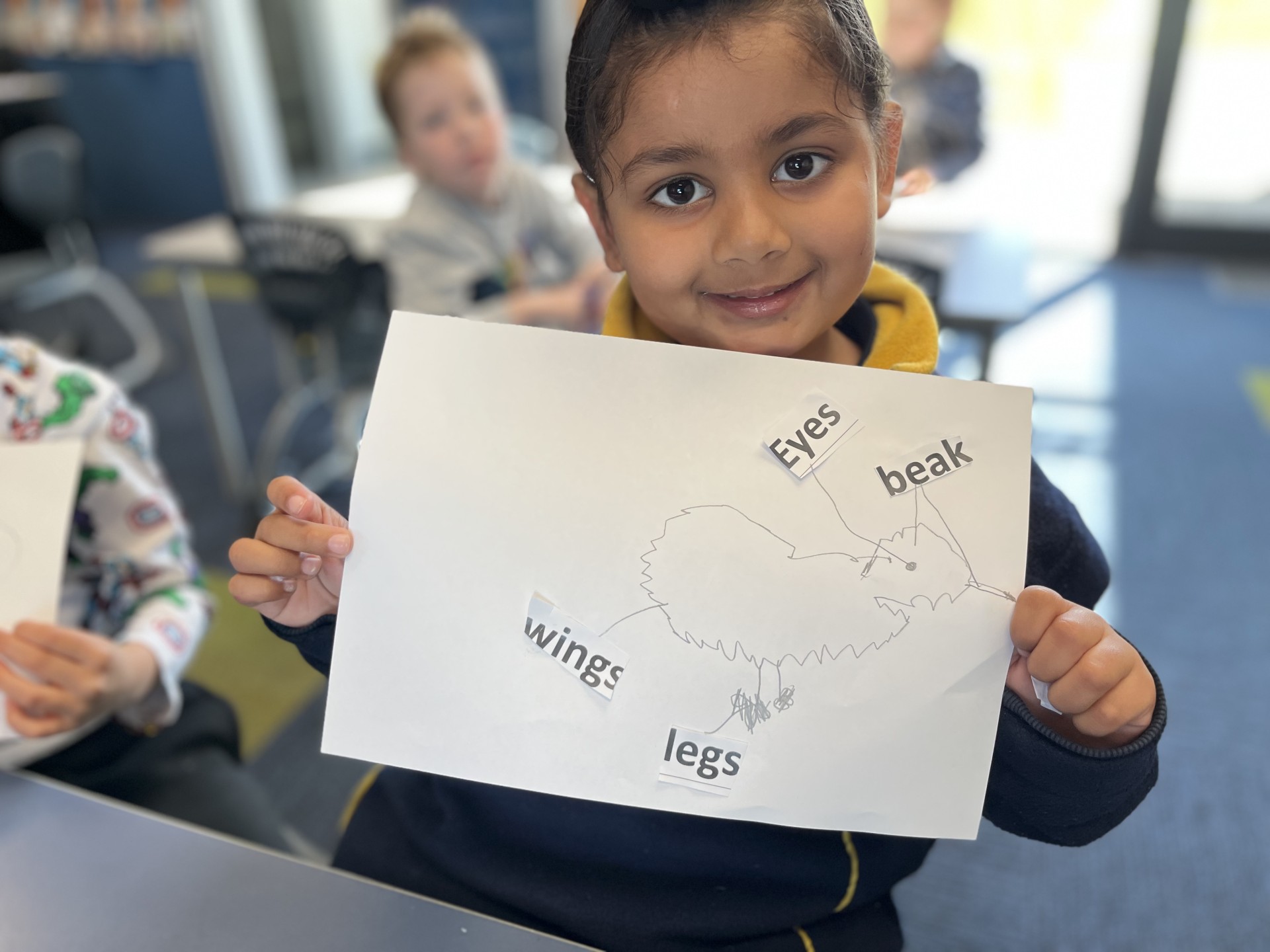
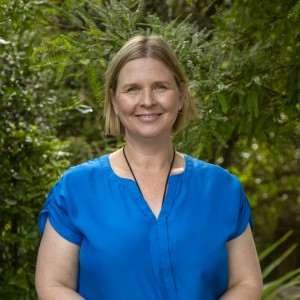

Comments
No one has commented on this post yet.